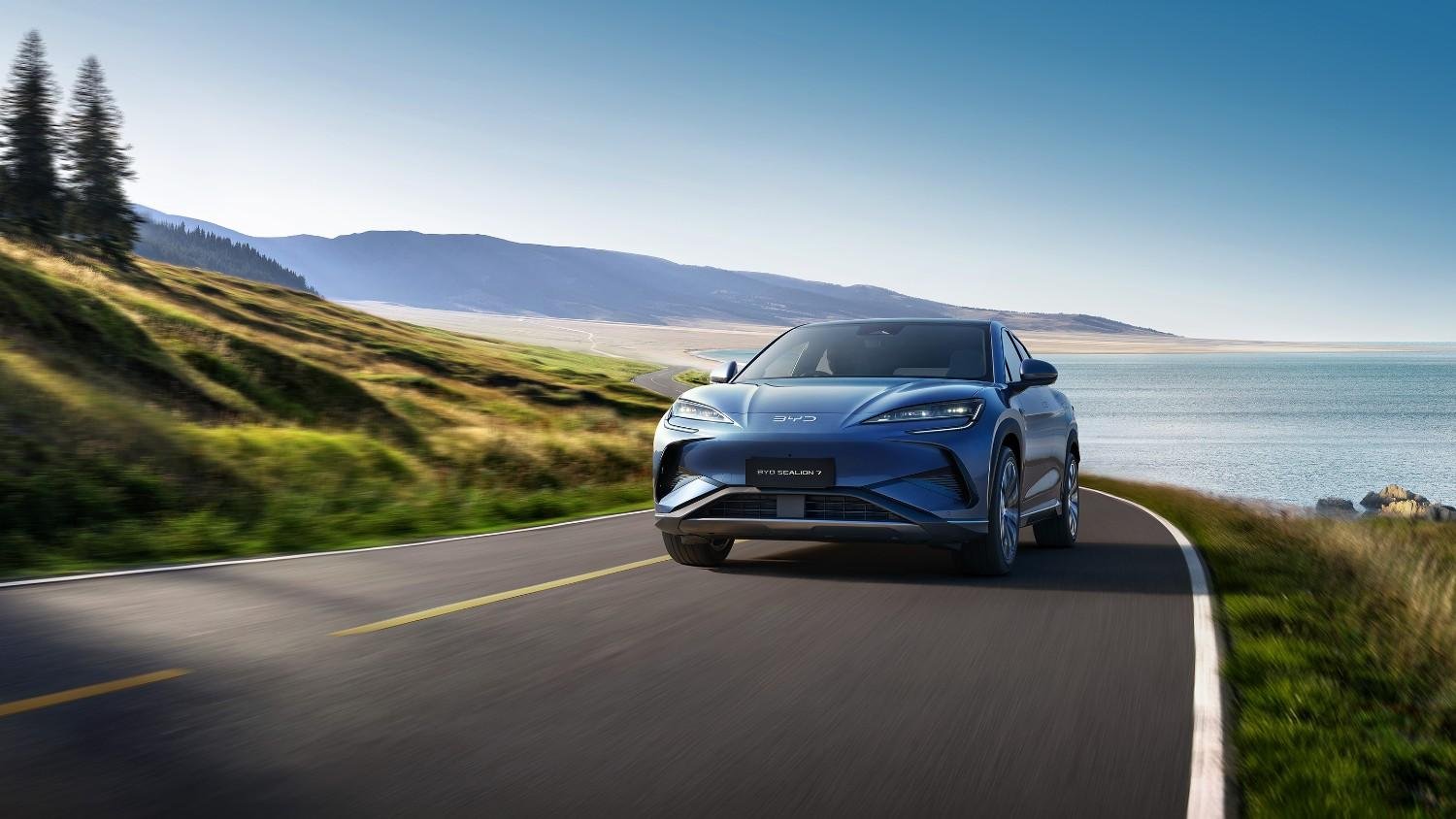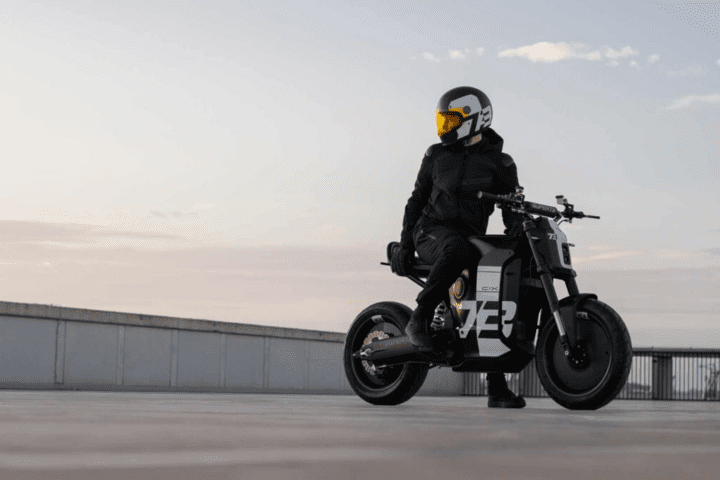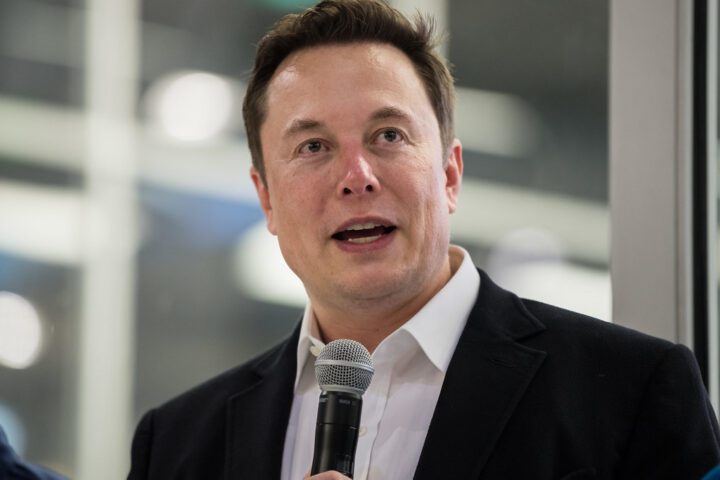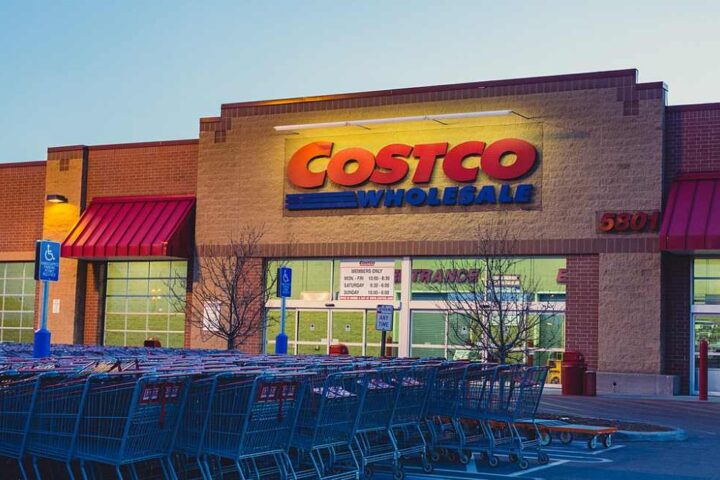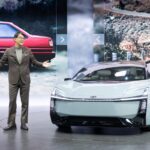April 2025 just became the month when Europe’s electric car pecking order got flipped upside down. BYD sold 7,231 battery-electric vehicles. Tesla managed 7,165. A gap of 66 cars. Small margin, massive implications.
This feels different from previous market shifts. Chinese automaker BYD started serious European operations beyond Norway and the Netherlands in late 2022. Three years later, they’re outselling the company that built the modern EV market.
The year-over-year numbers hit like a freight train. BYD’s European registrations shot up 169% compared to April 2024. Tesla’s collapsed 49%. The Model Y, Tesla’s former European champion, lost 53% of its registrations.
“This is a watershed moment for Europe’s car market, particularly when you consider that Tesla has led the European BEV market for years, while BYD only officially began operations beyond Norway and the Netherlands in late 2022,” said Felipe Munoz, global analyst at JATO Dynamics.
Consumer Behavior Shifts Hit Tesla Hard
Tesla’s wallet votes dropped dramatically across key markets including Sweden, Netherlands, and Denmark. Production shutdowns for Model Y factory retooling didn’t help. Neither did Elon Musk’s political theatrics.
Musk’s endorsement of Germany’s far-right AfD party and his Trump administration role triggered boycotts. Sustainability-minded European consumers, Tesla’s core demographic, started shopping elsewhere. Brand loyalty eroded faster than expected.
“Europe is our weakest market. We’re strong everywhere else. Sales are doing well at this point, we don’t anticipate any meaningful sales shortfall,” Musk said at the Qatar Economic Forum. The delivery numbers suggest otherwise.
Tesla reported its weakest quarterly performance since 2022. First annual delivery drop last year. Analysts expect another decline this year after a 13% first-quarter drop.
BYD’s Consumer-Centric Strategy Pays Off
BYD read European consumer preferences like a retail playbook. Price sensitivity? Check. Model variety? Double check. Range anxiety solutions? Triple check.
The company offers everything from the compact Dolphin hatchback to the luxury Seal sedan. Real consumer choice across price points. Tesla offers Model 3 and Model Y. Period.
BYD’s hybrid strategy shows serious market intelligence. While EU tariffs hit Chinese pure-electric vehicles at 45.3%, plug-in hybrids face minimal penalties. BYD now captures nearly 10% of European hybrid registrations. Hybrid volumes from Chinese manufacturers jumped 546% in April.
“It would be stupid to ignore consumer preferences for extended range,” explained Alfredo Altavilla, BYD’s European advisor. Every new BYD model entering Europe includes hybrid versions. Smart retail psychology.
The Dolphin Surf launches across 15 European markets in June. Starting price: €23,000 ($26,000). Tesla’s cheapest model costs $19,000 more. Basic retail math.
Similar Posts
Manufacturing Strategy Beats Trade Barriers
BYD’s European manufacturing buildout shows textbook market penetration strategy. Szeged, Hungary plant starts production late 2025. Initial capacity: 150,000 vehicles annually, expandable to 300,000. Turkey facility begins by March 2026. Combined target: 500,000 vehicles yearly.
Local production sidesteps import tariffs. Creates jobs. Builds political goodwill. Changes brand perception from “Chinese import” to “European manufacturer.”
Stella Li, BYD’s Europe chief, hinted current two-plant strategy might be insufficient. Germany under consideration for a third facility. Aggressive expansion continues.
Market Dynamics Favor Affordability
European EV and hybrid vehicles hit 26% of total new car registrations in April 2025. Record high. Chinese automakers captured most growth, with registrations up 59% despite tariffs.
Reduced government subsidies across Germany and France hurt premium EV sales disproportionately. Tesla’s high-price positioning became a liability. Budget-conscious consumers shifted toward affordable alternatives.
BYD’s vertically integrated supply chain and Blade Battery technology keep costs controlled. Announced solid-state battery production by 2027 could extend cost advantages.
S&P Global Mobility projects BYD European sales doubling from 83,000 units in 2024 to 186,000 in 2025. Potential 400,000 units by 2029. Exponential growth trajectory.
Technology Specs Matter to Consumers
BYD’s Blade Battery technology offers safety and efficiency improvements over conventional lithium-ion batteries. Lithium iron phosphate chemistry reduces fire risk. Longer lifespan. Lower degradation rates.
The Atto 3 compact SUV, Dolphin hatchback, and Seal sedan each target different consumer segments with specific technical configurations.
Tesla’s aging Model 3 and Model Y received only minor updates recently. Limited refresh cycle compared to rapidly evolving Chinese competition launching new models quarterly.
European Automakers Scramble to Respond
Volkswagen’s ID family, Stellantis brands, Mercedes-Benz accelerate EV launches but struggle matching Chinese pricing. Higher European labor costs, less integrated supply chains, delayed EV pivot create competitive disadvantages.
Traditional European manufacturers built their reputations on engineering excellence and brand heritage. Chinese competitors compete on value, technology integration, and rapid innovation cycles.
Consumer purchase decisions increasingly favor practical considerations over brand loyalty. Total cost of ownership, charging convenience, feature content drive buying behavior.
Regulatory Environment Remains Fluid
The EU continues evaluating trade responses to Chinese EV competition. Recent discussions explore replacing tariffs with minimum pricing requirements. Policy changes could reshape competitive dynamics quickly.
Current tariff structure targets pure-electric vehicles primarily. BYD’s hybrid focus exploits this regulatory gap effectively. Future policy extensions to hybrids could force strategic adjustments.
Retail Network Expansion Critical
BYD aggressively builds European dealer networks. Service infrastructure development addresses traditional consumer concerns about Chinese brand support quality.
Established automotive retail channels provide credibility. Consumer test drive opportunities. Local service availability. These factors influence purchase decisions significantly.
Tesla’s direct-sales model worked when competition was limited. Broader competitive landscape requires different customer acquisition approaches.
Global Market Context
BYD’s European success reflects broader global expansion. Q1 2025 data shows BYD captured 15.4% global BEV market share versus Tesla’s 12.6%. European victory part of worldwide momentum.
Chinese automotive manufacturing efficiency, scale advantages, government support create formidable competitive position. European and American manufacturers face fundamental cost structure challenges.
Consumer Welfare Implications
Increased competition benefits European consumers through lower prices, more model choices, improved technology features. Market monopoly power diminishes as alternatives proliferate.
BYD’s aggressive pricing forces industry-wide cost reductions. Innovation acceleration. Feature standardization across price segments. Classic competitive market dynamics.
European consumers gain access to affordable electric mobility options previously unavailable. Environmental benefits accelerate as EV adoption increases across income levels.
Future Market Evolution
Tesla’s European recovery requires new model launches, competitive pricing adjustments, or strategic pivots. Current trajectory suggests continued market share erosion without major changes.
BYD’s momentum depends on successful factory launches, continued product diversification, effective trade policy navigation. Early indicators remain positive.

European automotive landscape permanently altered. Multiple viable competitors across all price segments. Consumer choice maximized. Market maturation accelerates.
The April 2025 sales figures mark the end of single-company EV dominance in Europe. New competitive era begins where success depends on consumer value delivery rather than first-mover advantages.
Market forces are working. Consumers are winning.
